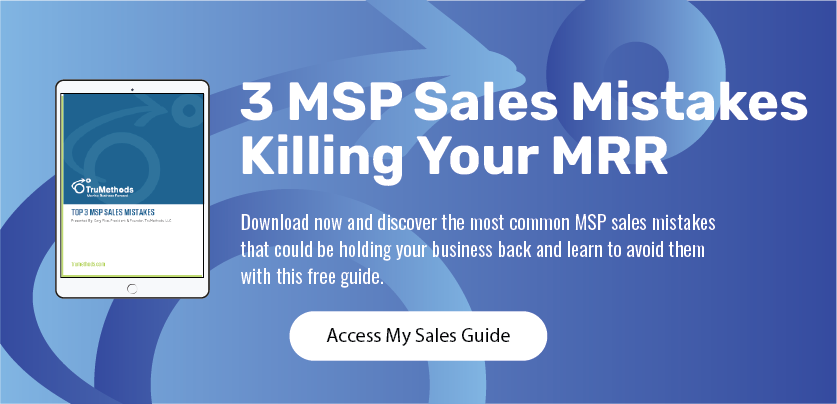Most MSPs are facing the overwhelming task of improving operations. A reactive approach to IT tickets and a disorganized sales model both contribute to MSP owners feeling like their company is just getting by.
You may be tempted to address the problems in your company one by one. Instead, you should take a step back and look at the bigger picture. How effective is your business plan? Most managed service provider business plans are created when the company is founded, and rarely revisited or updated after that.
Instead, your MSP business planshould be a living framework for the improvement of your company. It should be referred to regularly to ensure your business is running as it should.
Explore three tips for creating an MSP business plan or improving your current one, and find out how taking these actions leads to MSP business growth.
Set Tangible Goals For The Future
Helping your MSP reach a World Class status takes more than a few quick fixes for maximized improvement. You need to think about short- and long-term goals for MSP business growth. Break down your goals in your MSP business plan like this:
- 10-Year Vision – This is the big-picture plan for your company. Where do you want to be in 10 years?
- Three-Year Targets – What organizational changes do you need to make in the next three years to stay on track with your vision?
- Annual Plan – Define your goals for the next 12 months, including MSP sales and operational objectives.
- Quarterly Action – Divide your annual plan into quarterly objectives, and define measurable actions you and your team should take to make the plan a reality.
Create A Framework For Improvement
Once you’ve defined your goals for future success, ask yourself the most important question: How are we going to get there?
One valuable tool you could use to establish this framework for improvement is an MSP business planning worksheet. A guide like this could help you break down big goals into smaller, more manageable objectives.
For example, instead of saying that you want to increase revenue, you could focus on a more specific, actionable goal such as reaching a particular monthly MSP sales target. Boosting revenue is an abstract idea; closing five new deals each month gives your team a tangible goal to work toward.
Engage Your Team In Pursuing The Goals
No business owner should have to pursue his or her goals alone. You have a team for a reason! Engage your MSP’s most valuable assets – your employees – in your pursuit of the short- and long-term goals you’ve set for your company.
Ask your team for innovative ideas about what they could do in their daily work life to help make these goals a reality. For example, if there’s a manual process that could be automated for faster operations, do it. Your employees know where they could be more productive in their daily activities.
Also, identify how your individual team members’ goals coincide with your company goals. Align these to create quarterly objectives for individual employees. Listen to their suggestions and engage them in your company’s pursuit to become a World Class MSP.
Once you’ve created your MSP business plan, don’t just save it in a file on your computer and never open it again. Revisit it often to remind yourself of where you want your MSP to be next year and in ten years. Monitor your progress to make sure you’re on track for maximum MSP business growth.


